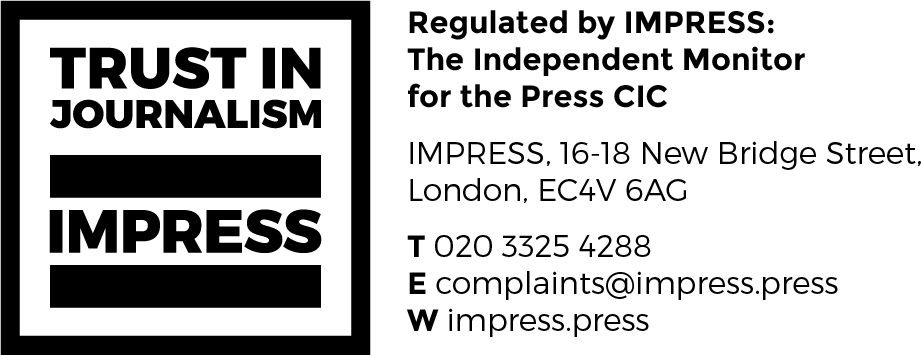What “as is where is” really means in yacht sale contracts

Photo courtesy of Creative Commons Images
Jamilia Khan, Ince & Co, analyses terms of yacht sale contracts.
The commercial understanding of the phrases “as is” or “as is where is” has always been that a buyer must take a yacht in the condition in which she is found at the time defined in the contract, all faults included, without any warranties by the seller as to quality or condition. This understanding has previously been questioned but has now been endorsed again in the English 2014 case of Michael Hirtenstein & Others v. Hill Dickinson LLP.
Union Power
By way of background, in the 2012 case of Dalmare SPA v. Union Maritime Ltd (“Union Power”), the Commercial Court in London, albeit as an aside comment, expressed the surprising and contentious view that the words “as is where is” were probably not sufficient to exclude the requirements of (i) satisfactory quality and (ii) fitness for purpose from being implied into the sale contract by operation of section 14 of the UK’s Sale of Goods Act 1979 (“SGA”). Such terms will be implied into sale of goods contracts (including yacht sale contracts) entered into in the course of business unless a contractual term is inconsistent with the implied term.
In Union Power, the Court commented that, if it had to decide the point, it would have found that the words “as is” were not inconsistent with the Act’s implied terms and so did not exclude them. They were sufficient to exclude a right to reject the goods, but the right to claim for damages for breach of the implied terms (such as section 14 of the SGA) would survive.
Michael Hirtenstein v. Hill Dickinson
Now, in Hirtenstein, the court has approved the traditional meaning given to the words. The case followed the purchase of a luxury yacht that suffered a major engine breakdown only an hour after delivery to her buyer. The sale, on an amended MYBA form, was on terms that she was sold “as is where is”, save for certain specific warranties.
In his ruling, the judge voiced a completely contrary view to that contained in Union Power, commenting:
“I would regard [the relevant] phrase as self-explanatory. It clearly signified that the buyer would acquire the yacht in whatever condition the boat was at the time of purchase with no right to complain subsequently if the boat should turn out to have any defect”.
He also dismissed the suggestion put forward in Union Power that the words
“as is” did not exclude implied terms but merely excluded a right of rejection, commenting that “Drawing such a distinction between the right to reject and the right to damages and treating the words ‘as is’ as excluding the former but not the latter seems to me most unlikely to reflect the expectations of ordinary business people …”.
Consumer contracts
It should be noted, however, that the approach in consumer contracts is different to that followed by the courts in business-to-business contracts, because of the heavily regulated nature of consumer protection law. Under the Unfair Contract Terms Act 1977 in consumer contracts, the exclusion of certain implied terms (for example, section 14 of the SGA) will not be enforceable.
An exclusion in a contract not entered into in the course of business that leaves a buyer with no effective remedy therefore is far less likely to be found by a court to be reasonable.
Comment
“This Agreement … constitutes the entire Agreement between the Seller and the Buyer and it is agreed and understood that no other duties, obligations, liabilities or warranties implied otherwise…”.
Hirtenstein, therefore, supports the view that the terms “as is” or “as is where is” are inconsistent with there being any further right of recovery of losses in respect of the condition of the goods; they prevent the incorporation of implied warranties under the Sale of Goods Act. That said, Union Power is still authority for the proposition that the words “as she was” in clause 11 of the Norwegian Sale Form 1993 are not the same as “as is where is” and do not exclude the Sale of Goods Act implied terms. Therefore, anyone selling a vessel or a yacht on that form should include a specific term excluding statutory or other implied terms, such as is found in the Norwegian Sale Form 2012 and the usual amendment to the MYBA form.
As to the MYBA, clause 34 (Exclusions) excludes “…every representation, condition, warranty or other undertaking whether expressly or implied by statute…” and therefore provides the seller with protection from implied terms. It is worth noting, however, that the ‘entire agreement’ clause, which is at clause 36, states “This Agreement … constitutes the entire Agreement between the Seller and the Buyer and it is agreed and understood that no other duties, obligations, liabilities or warranties implied otherwise…”. The clause, unlike Clause 34, does not refer to “conditions”.
Given the discrepancy between the two clauses, and to avoid any arguments concerning their interpretation, we suggest amending Clause 36 either to delete the words appearing after “the Buyer”, or alternatively to include the word “condition”.
It would also usually be good practice to include a clear express exclusion of implied terms and warranties in any contract that is intended to be on truly “as is where is” terms.
Originally published by Ince & Co
Jamilia Khan
Partner, Ince & Co
E: [email protected]
T: +30 210 429 2543
W: http://incelaw.com/en/sectors/shipping/yachts-superyachts
Subscribe to our free newsletter
For more opinions from Superyacht Investor, subscribe to our email newsletter.

